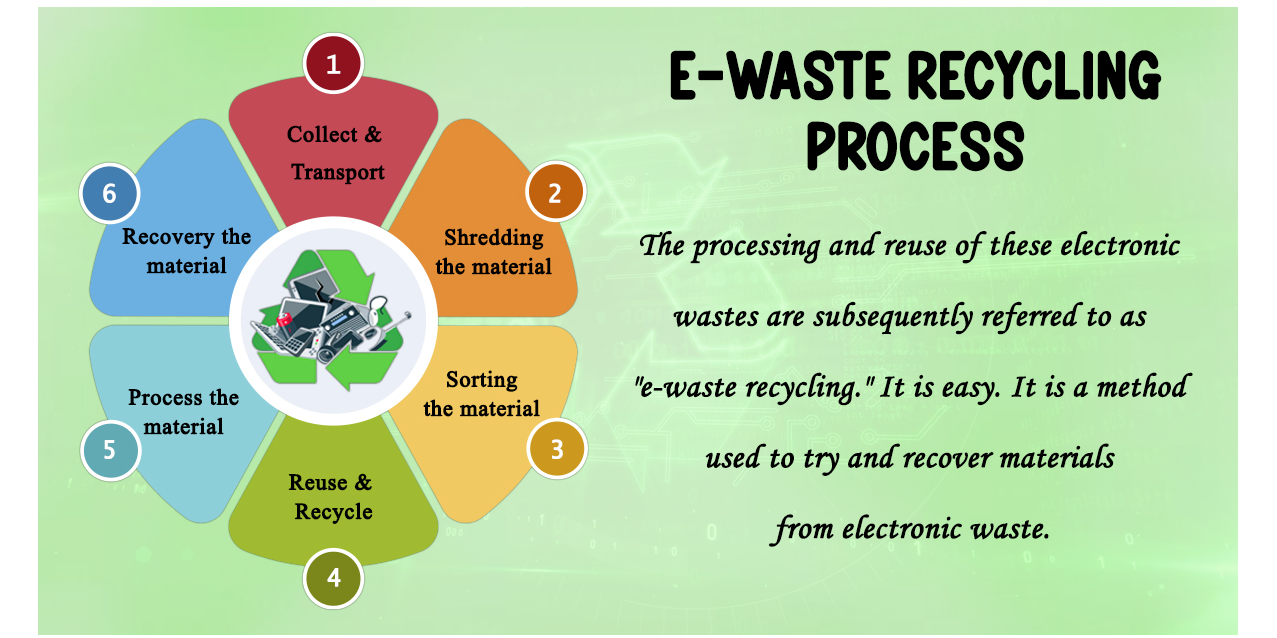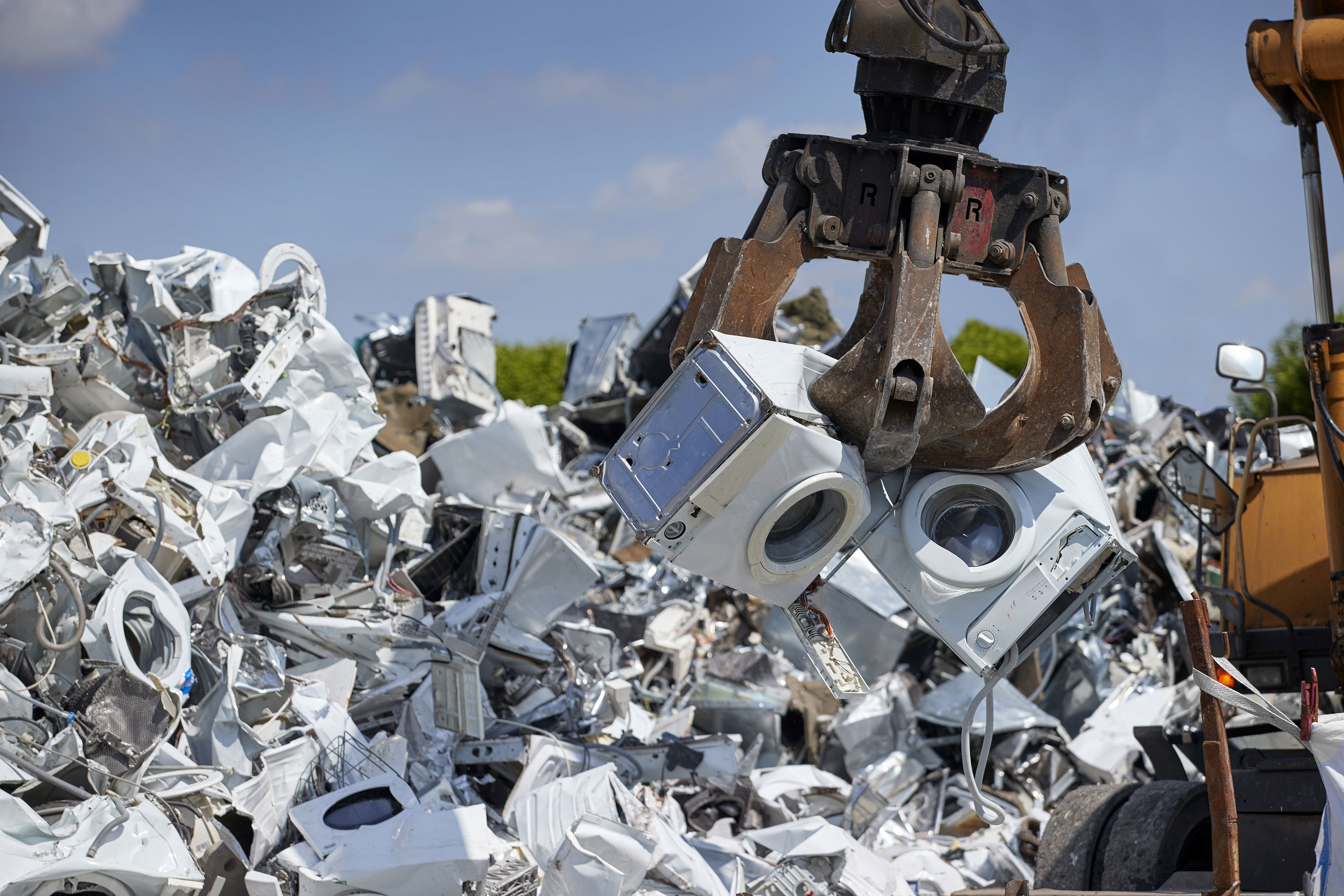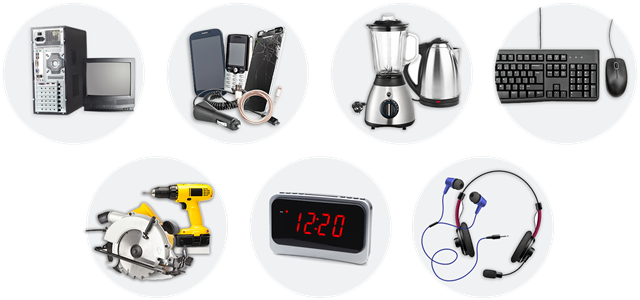The Basic Principles Of Recycling Lives Services
Everything about Recycling Lives Services
Table of ContentsSome Ideas on Recycling Lives Services You Need To KnowRecycling Lives Services Things To Know Before You Get ThisUnknown Facts About Recycling Lives ServicesThe Basic Principles Of Recycling Lives Services The Recycling Lives Services Statements

You can take all family electric products to Oxfordshire's waste recycling centres for reusing. If your item remains in functioning problem, think about donating it. If your electric item is damaged, you might look for a regional fixing caf where volunteers can fix it. You might likewise take into consideration obtaining electrical things that you don't use frequently. Additionally, all Oxfordshire neighborhood authorities accept vapes and e-cigarettes as a different kerbside collection. Just how they are collected in each location differs a little; examine you have the correct information for your area.
Mobile batteries the kind you find in tiny portable gadgets can also be reused at the kerbside however not inside any of your bins. Bigger stores that market batteries also have collection points for recycling old batteries.
Some Ideas on Recycling Lives Services You Should Know
Older-style filament or halogen light bulbs can be taken care of in your general rubbish bin at home. Some DIY shops also have collection points for light bulbs. Small electrical items (small sufficient to fit in a service provider bag) can be reused at our waste reusing centres or at the kerbside. recycling lives services batteries.

How Recycling Lives Services can Save You Time, Stress, and Money.
Electric things are damaged down into separate pasts to ensure that the various products they are composed of can be gotten rid of and recycled. Waste recycling centres are for usage by householders just and can decline waste from business resources. Nonetheless, small companies and traders have a duty of treatment under this scheme, which indicates they also have to adhere to the WEEE policies.
E-waste, electronic waste, e-scrap and end-of-life electronic devices are terms frequently utilized to define utilized electronic devices that are nearing completion of their beneficial life, and are thrown out, contributed or provided to a recycler. The UN defines e-waste as any type of disposed of items with a battery or plug, and includes harmful and unsafe materials such as mercury, that can position serious threat to human and ecological wellness.
The Ultimate Guide To Recycling Lives Services
Only 17.4% of this electronic waste, containing a mix of hazardous compounds and precious materials, will be recorded as being appropriately accumulated, treated and recycled - https://trello.com/w/rcyclng1vssvc. Numerous initiatives are taken on to tackle this expanding issue, but none of them can be completely efficient without the energetic duty and right education and learning of customers

Moreover, mining discarded electronic devices produces 80% much less emissions of carbon dioxide each of gold contrasted with mining it from the ground. In 2015, the removal of resources represented 7% of the globe's energy usage. This means that moving towards making use of even more secondary raw materials in electronic products could help substantially within the targets set out in the Paris Arrangement on climate adjustment.
A Biased View of Recycling Lives Services
Every tool ever created has a carbon impact and is contributing to human-made worldwide warming. Manufacture a tonne of laptops and potentially 10 tonnes of CO2 are produced. When the co2 launched over a gadget's lifetime is considered, it predominantly occurs throughout production, prior to consumers purchase a product. This makes reduced carbon processes and inputs at the manufacturing stage (such as use recycled raw products) and item lifetime essential determinants of overall environmental impact.
Even in the EU, which leads the world in e-waste recycling, just 35% of e-waste is officially reported as effectively gathered and recycled. Internationally, the average his response is 20%; the remaining 80% is undocumented, with much winding up buried under the ground for centuries as land fill. E-waste is not biodegradable. The lack of reusing considers heavily on the international digital sector and as gadgets become extra many, smaller sized and more intricate, the problem escalates.
The remaining mass of e-waste mainly plastics laced with steels and chemicals poses a more unbending issue. A brand-new vision for the manufacturing and usage of digital and electric goods is needed. It is very easy for e-waste to be mounted as a post-consumer trouble, yet the issue encompasses the lifecycle of the tools everybody makes use of.